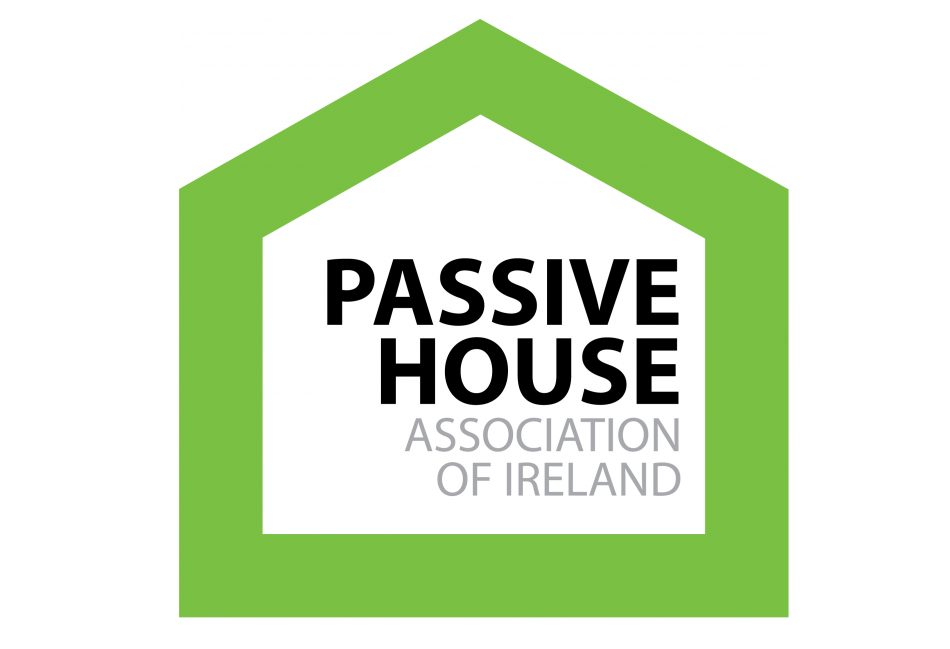
- Blogs
- Posted
When is an A-rated home really A-rated?
Does the energy rating of homes actually reflect their real-world performance? Dr Shane Colclough, vice chair of the Passive House Association of Ireland, outlines the growing importance of post-occupancy analysis.
This article was originally published in issue 39 of Passive House Plus magazine. Want immediate access to all back issues and exclusive extra content? Click here to subscribe for as little as €10, or click here to receive the next issue free of charge
Building professionals often prefer to move on to their next project (for which they will be paid), rather than spend time analysing the performance of their previous projects (potentially highlighting issues for which they are liable!). However, as buildings become more energy efficient, and tolerances are tighter, it is increasingly important to not only analyse and optimise how buildings are performing, but also to demonstrate their high levels of performance. Companies may go out of business if they don’t – in particular due to the EU Taxonomy (more of which below).
I’m part of the team of researchers from University College Dublin carrying out post-occupancy evaluation (POE) of over 100 nearly zero energy (NZEB) dwellings in Ireland, and we’ve been surprised with some of the results.
What is post occupancy evaluation?
Many buildings do not perform as planned, impacting on running costs, occupant satisfaction, health, safety, comfort, and (increasingly important) carbon emissions and sustainability.
POE is the process of analysing a building's performance in use. Objective data such as temperature, noise, light, air quality, ventilation and relative humidity is collected and analysed. Energy consumption can be measured and compared with the building energy rating.
Infrared imaging and airtightness tests can identify failure points and co-heating tests can allow comparison of overall heat loss with the design intent. In addition, structured occupant satisfaction surveys (such as the Building Use Study) can be carried out to enable subjective opinion to be analysed in a statistically robust way against similar buildings in an existing database.
This level of analysis is important as high expectations for the performance of A-rated buildings have led to consumers becoming more demanding, and questioning why their buildings are not as energy efficient as expected. POE is one of the few objective means of demonstrating the performance is as it should be. Not only that, but for construction companies, learning from and correcting mistakes in design and commissioning can be extremely cost-effective by eliminating waste and rework, and can lead to a competitive advantage not only via increased efficiency, but also as a consequence of the EU Taxonomy (see below).
NZEB101
The NZEB101 project is carrying out POE of over 100 NZEB compliant dwellings for a cross-section of types – social housing, owner occupied, nursing homes, student accommodation, individual homes and schemes of dwellings, both new build and retrofit (see NZEB101.ie).
A significant number of the NZEB dwellings monitored consume more energy than their BER indicates.
One of the key findings to date is that a significant number of the NZEB dwellings monitored are consuming more energy than their BER rating indicates. For example, while eight houses monitored in one scheme had BER ratings of A2 (seven homes) and A3 (one home), based on their recorded energy consumption their in-use BERs were equivalent to A3 (three homes) B3 (four homes) and C1 (one home).
One of the main reasons for the higher than expected in-use BERs was due to interior temperatures being significantly higher, and for longer than the BER software assumed – indicating a strong correlation with user interaction. However, the in-use coefficient of performance of the heat pumps was also significantly poorer than the assumptions in the BER software. Not only that, but measurements from other low energy buildings indicates that the majority of measured wall U-values underperformed theoretical values. So, for a combination of reasons, all of the dwellings underperformed compared to prediction, and the majority were not actually performing as A-rated buildings.
Further work needs to be done in NZEB101 to see the overall trend from all monitored dwellings. However, if these trends are borne out across the full sample size, the findings have significant implications for Ireland as a whole in meeting its energy reduction commitments. Not only that, but it has implications for occupants in that they may be paying significantly more for their heating than they should. However, perhaps the most significant financial implication could be in the form of the impact of underperforming dwelling stock on those responsible for constructing them.
EU Taxonomy
The EU Taxonomy is set to be a foundational tool of the European Green Deal and companies need to be aware of how it will affect them. The Taxonomy is a list of economic activities with performance criteria to assess the activities’ contribution toward environmental objectives. It describes what can be considered "green" and what can’t. Investors will ask businesses how their activities align to the EU Taxonomy, with the net result of preventing greenwashing and accelerating finance to support the transition toward a low carbon, climate-resilient economy.
As part of this, it is highly likely that A-rated homes will be expected to perform as A-rated homes. Building firms in a position to prove this (e.g., via POE) will have a clear competitive advantage. This could prove the most significant driver in ensuring our homes really are energy efficient.




